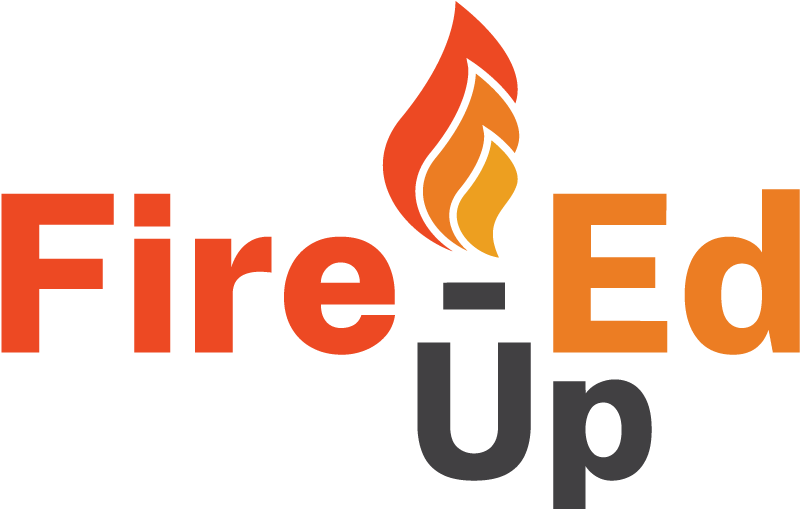 Identify the constraints
Identify the constraints
Fire-Ed Up Challenge
Mission 3 | Identify
Identify the constraints
In Mission 3 of the Fire-Ed Up Challenge, we look to identify the constraints of a project.

Introduction
What is ‘Identify’
This identify stage of the iSTEM engineering design process requires students to determine the constraints of their project. When do I need to have the project completed? What does it need to do? What are the costs factors? What materials, tools and equipment are required? In this stage, students typically start project management, so they are able to complete the project on time and on budget.
Use the lesson below to commence solving one of the following scenarios;
Mission Brief
Key Questions for Students to consider
- What are the constraints of the problem you are trying to solve?
- What other solutions are people using and how will that affect their ability to use your solution?
- How much will it cost and what is the overall budget?
- What skills and knowledge does the team possess?
- How much time do I have for completion?
- What tools and equipment are required and available?
- What data or information will be needed
Possible Activities
- Clearly identify all relevant constraints.
- Identify constraints of the end user.
- Produce a budget or finance plan.
- Identify start and finish dates and any milestones for the project.
- Develop a resource list, including tools, materials, and people.
- Identify data and information that needs to be collected
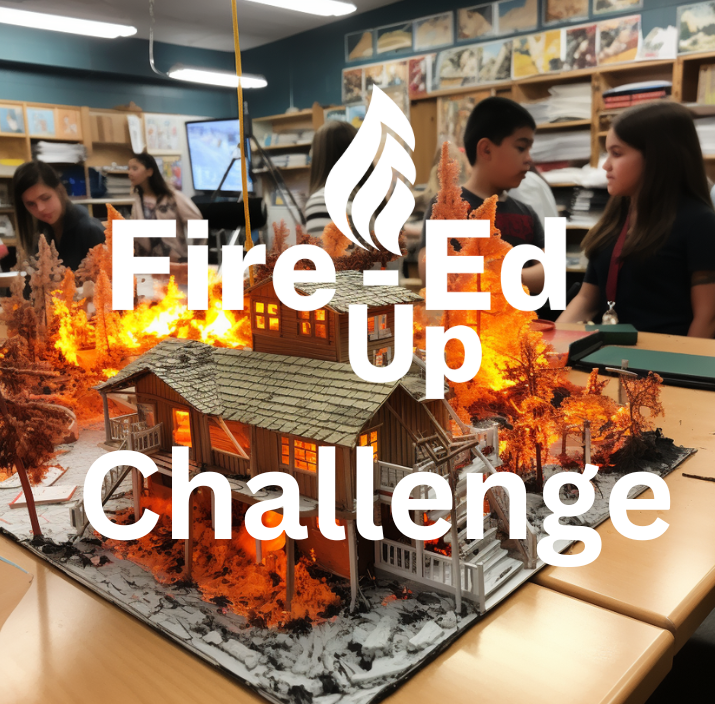
Suggested Learning Sequence – Mission 3
Our expert curriculum designers have developed a suggested Mission 3 learning sequence for teachers. The following is for the full set of Fire-Ed Up resources, however, teachers are encouraged to only use activities that are most suitable for their own class and school setting.
Sub Mission 1: Setting the Scene Watch the introductory video for mission 3 presented by Ben Newsome.
Sub Mission 2: Constraints Video We also suggest that students watch the introductory video for week 2 featuring Ted Tagami and Nick De Leon. This time take particular note of the conversations regarding constraints.
Sub Mission 3: Constraints Provide students with the What is a Constraint worksheet, discuss constraints and the work presented in the Nick De Leon and Ted Tagami video. Also, watch the power of creative constraints Ted Talk video.
Sub Mission 4: Mindmap Students use the mind map worksheet to brainstorm constraints for their projects.
Sub Mission 5: Identify Constraints Students to use this worksheet to clearly identify their project constraints. Students to use the results of their mind-mapping exercise. Students also develop different criteria to evaluate the success of their final project.
Sub Mission 6: Materials, Tools and Equipment Provide students with the materials, tools and equipment worksheet where they complete the two activities. Students identify the materials that they may require as well as any tools and equipment which will be essential.
Sub Mission 7: Project Management Software Students research Trello and other project management software to determine if it is suitable to use for their projects.
Sub Mission 8: Gantt Chart Students to create a basic Gantt chart using the worksheet. Students can create using an Excel spreadsheet as an extension exercise. Students to complete a basic action plan.
Sub Mission 9: Scenarios Get students to watch the selected videos from their selected scenario to provide additional context for their project.
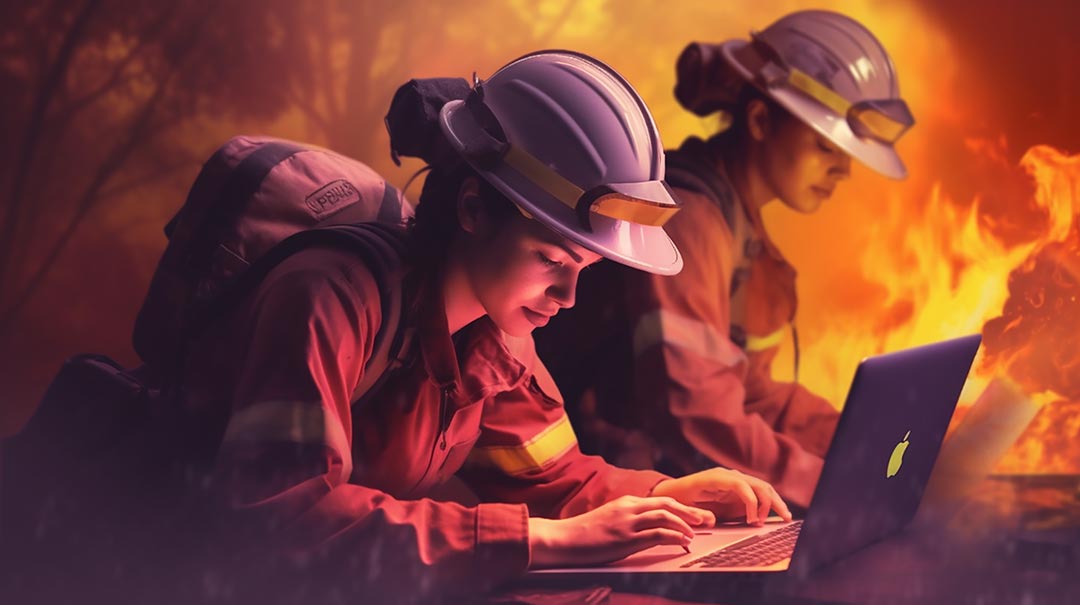


Downloadable Resources

What is a Constraint?
This worksheet describes the work of Nick De Leon from the Royal College of Art UK. It supports the video and provides a written record of his discussions on Constraints.
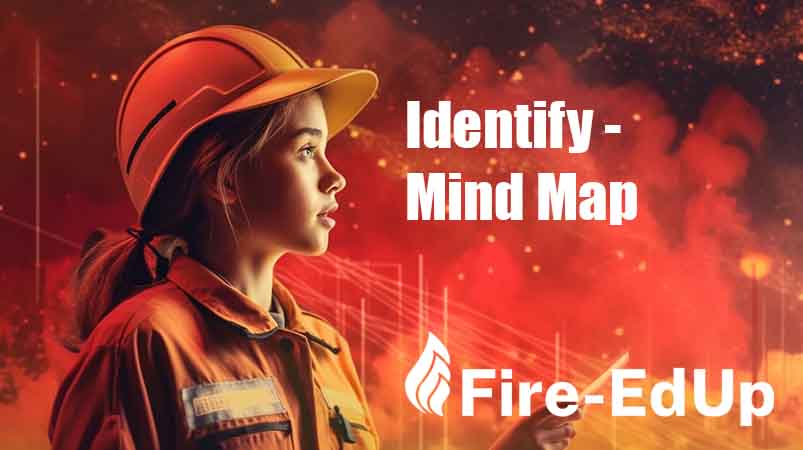
Mind Map
In this worksheet, students complete a Mindmap to brainstorm as many different constraints that they may have on their projects. Students should consider their mission brief from Mission 2.
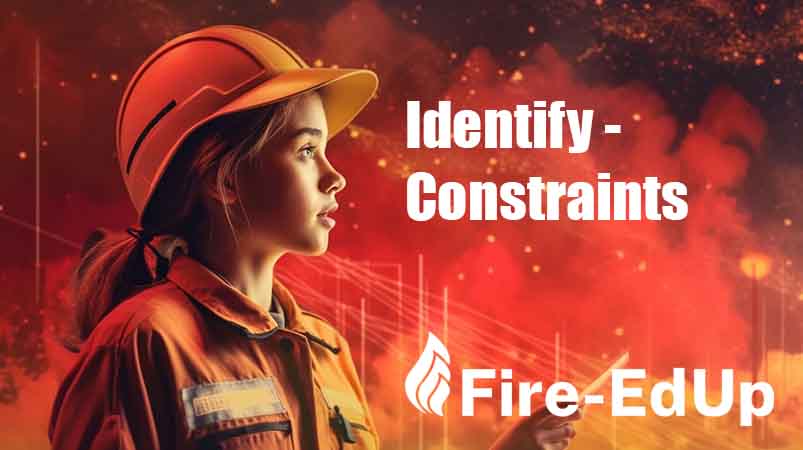
Constraints
In this worksheet, students determine their final constraints based on the mind mapping exercise they completed on the previous worksheet. Students also develop criteria to evaluate success.

Materials, Tools and Equipment
In this worksheet, students are asked to identify any materials, tools or equipment that they may require in order to solve the problem.
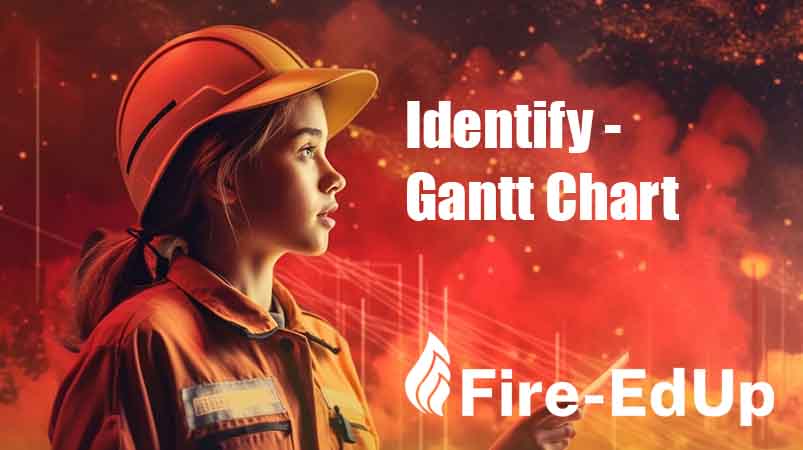
Gantt Chart
In this worksheet, students are to create their own basic Gantt chart. Students are also asked to complete an action plan to assist them in planning their projects.
All Scenarios – Resources
General background information for teachers and students to support challenge activities.
The Power of Creative Constraints
There are constraints in any project. These constraints can cover everything from the cost of resources, how quickly can you get those resources, how many people you have and much more. In this TED-ED video, Brandon Rodriguez explains how creative constraints actually help drive discovery and innovation. (4:51 minutes)
New technologies driving bushfire management & prevention
Deb Sparkes from AFAC National Projects and Innovation speaks about the upcoming technologies being used to manage, predict and prevent bushfires (21:36 minutes).
Scenario 1: New technologies driving bushfire innovations
NSW firefighters embrace new fire technology
The NSW Government is funding new firefighting technology with hopes it will help frontline workers worldwide. These include digital tags for trucks & equipment to ensure everything that is needed can be tracked quickly (1:02 minutes)
Inside a bushfire research facility
Inside CSIRO’s world-class bushfire research facility where scientists work to better understand how bushfires behave, what conditions make them worse, and the best ways to respond. (2:47 Minutes)
Scenario 2: Protecting human life & property from bushfires
Is there such a thing as a ‘bushfire-proof’ house?
President of the Australian Architecture Association and Director of Environa Studio Tone Wheeler explains what a home’s weakest links are – through Lego. (4:02 Minutes)
Bushfire Survival Plan with BTN
Find out what families can do to prepare for bushfires and how they can stay safe in an emergency. (4:04 Minutes)
Scenario 3: Protecting fauna & flora from bushfires
Bushfire impacts on Victoria’s environment
Dr Mark Norman, Chief Conservation Scientist, Parks Victoria, describes what he saw during an aerial survey following the 2019 fires and the current understanding of the fire impacts on the environment. (4:17 Minutes)
A way to help koalas survive bushfires
A team of Sunshine Coast researchers have developed solar-powered ear tags that will allow them to locate koalas and take them into care when a large fire is approaching. (5:07 minutes)
